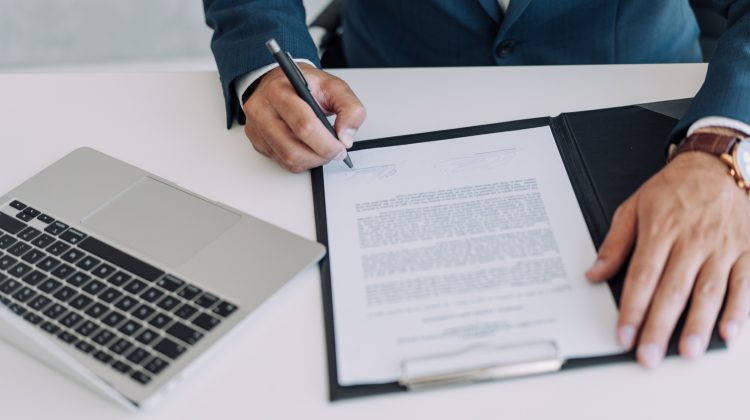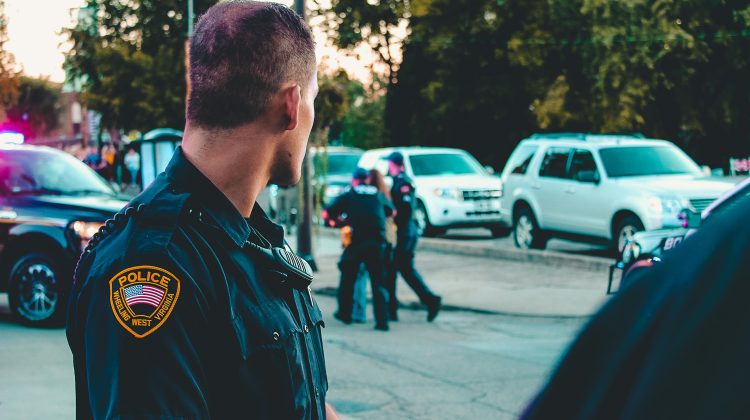Winter brings the promise of thrilling adventures in the mountains, from skiing to snowboarding and backcountry hiking. But with that thrill comes a stark risk: avalanches.
Every year, an average of 22 avalanche deaths occur in the U.S., with many individuals underestimating the hazards of winter terrain. Understanding the realities of avalanche safety can make a critical difference in dangerous conditions. Here’s what you need to know to stay safe this winter.
Understanding Avalanches
Avalanches are sudden and powerful snow slides that can sweep down mountain slopes, catching anyone in their path. There are different types of avalanches, each with its unique dangers.
- Slab avalanches, for instance, occur when a dense layer of snow breaks away and slides over a weaker, unstable layer.
- Powder snow avalanches, on the other hand, produce clouds of fine snow that travel at high speeds, making escape nearly impossible.
- Wet snow avalanches, common in warmer weather, involve dense snow that moves slowly but with massive force.
While each avalanche type behaves differently, all are capable of trapping or burying those in their path.
Avalanches typically occur in specific conditions, such as when recent snowfall combines with sudden temperature changes that destabilize the snowpack. Slopes between 30 and 45 degrees are especially prone to avalanches, especially after heavy snowfall or during significant temperature fluctuations. By recognizing these conditions, you can make more informed decisions about where and when to venture out.
Recognizing Avalanche Warning Signs
Avalanche risk isn’t always obvious, but there are signs that can indicate heightened danger. For example, recent avalanches nearby signal that conditions might be unstable. Cracking snow, sudden “whumpf” sounds, or shifts in the snowpack are also red flags. Skiers and mountaineers can use field tests to assess snow stability, such as the “shovel test” or the “rutschblock test,” which involve examining layers of snow to determine how easily they might slide. For most winter sports enthusiasts, knowing a few simple indicators and avoiding risky areas can significantly reduce the danger.
Essential Avalanche Safety Gear
If you’re heading into avalanche-prone areas, safety gear can be lifesaving. A transceiver, for instance, is crucial for locating someone buried under snow. All members of a group should have transceivers and know how to use them.
Another essential piece of equipment is a probe, which helps pinpoint the exact location of someone under the snow. A lightweight, sturdy shovel is also a must, as it can aid in digging someone out quickly.
Avalanche airbags, which inflate to help keep you closer to the surface in an avalanche, are valuable tools as well. Appropriate winter clothing and a reliable communication device, like a satellite phone, also add extra layers of safety in case of an emergency.
Avalanche Training and Skills
It’s not enough to have the right gear; you also need the right skills to stay safe in avalanche-prone environments. Formal training courses are available to teach essential safety practices, such as how to evaluate terrain, assess snow stability, and respond in a rescue scenario. Learning to recognize avalanche-prone slopes and other risky conditions can go a long way toward preventing accidents.
Avalanche safety courses often include practice drills for using transceivers, probes, and shovels effectively. Additionally, some organizations offer simulated avalanche situations, allowing you to gain hands-on experience. This training can be invaluable for understanding not only the dangers but also the strategies that can help in an emergency.
Best Practices for Staying Safe
A safe trip into avalanche terrain starts with solid preparation. Before heading out, check avalanche forecasts and weather reports for the area. Understanding the current conditions helps you assess whether the risk is too high to proceed. It’s also wise to map out a route that avoids steep or heavily loaded slopes, even if the weather seems clear.
If you’re with a group, make sure everyone has the right equipment and understands basic avalanche safety procedures. Establishing a communication protocol is essential, especially if visibility becomes limited. A strong rule in avalanche safety is always knowing when to turn back. Sometimes, it’s better to forgo a slope or trail if conditions are unstable. Making this decision requires humility, but it’s a crucial part of avalanche survival.
What to Do if Caught in an Avalanche
If an avalanche does happen, staying calm is critical. Follow these steps as soon as you become aware of an avalanche:
- Try to get to the side of the avalanche if possible, as the edges often move more slowly.
- Discard any heavy equipment, such as skis or backpacks, that could weigh you down.
- Attempt to create an air pocket in front of your face by holding your arm over your mouth as the snow begins to settle around you. This air pocket can increase your chances of survival by preventing suffocation.
If you’re not the one caught, immediate action is essential. Begin by using your transceiver to locate your companion’s signal. Once you have pinpointed their location with a probe, use your shovel to dig as efficiently as possible. Avalanche rescues rely on quick and coordinated efforts, so make sure your group has practiced rescue techniques before venturing into avalanche-prone areas.
Avalanche safety demands respect for nature’s power, knowledge of winter conditions, and an unyielding commitment to preparedness. By educating yourself, equipping the right gear, and knowing when to turn back, you can significantly reduce the risks. This winter, stay safe while snowboarding or skiing, by staying vigilant and respecting the mountains.





No Comment